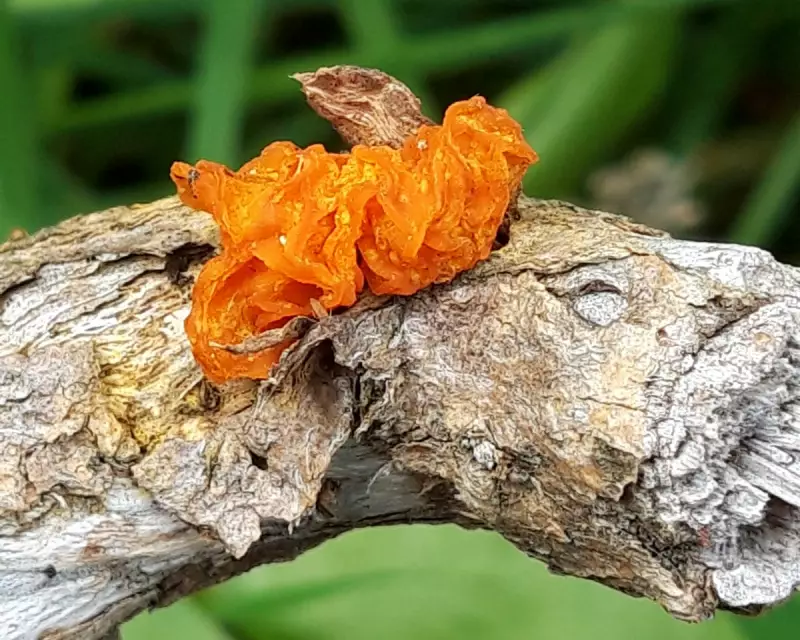
Walking through the familiar woodland paths of the British countryside, one might stumble upon a scene that appears lifted straight from a science fiction novel. The tragic loss of ash trees to disease has created an unexpected opportunity for nature's most creative decomposers – fungi that look anything but terrestrial.
Where once stood proud ash trees, now lie fallen giants becoming hosts to fungal formations of extraordinary character. These aren't your typical mushrooms; they're architectural wonders that seem to defy earthly design principles.
Nature's Sculpture Garden
The most striking invader is the porcelain fungus (Oudemansiella mucida), which creates ghostly white clusters that appear almost manufactured in their perfection. Their translucent caps and slender stems give them an ethereal quality, particularly when backlit by the low autumn sun.
Nearby, the beefsteak fungus (Fistulina hepatica) presents a startling sight with its fleshy, blood-red appearance that genuinely resembles raw meat. This bizarre growth seems more like something from an alien planet than the English countryside.
The Ash Tree's Silver Lining
While the loss of ash trees to ash dieback disease represents an ecological tragedy, the resulting deadwood has become a thriving habitat for these extraordinary fungi. The decomposition process, once viewed merely as decay, reveals itself as a creative force of remarkable beauty.
Other notable fungal residents include:
- The candle-snuff fungus with its branched, white tips
- Various bracket fungi creating intricate shelving systems
- Delicate coral fungi resembling underwater formations
A Changing Woodland Ecosystem
This fungal takeover represents nature's remarkable resilience and adaptability. As the ash trees decline, new ecological niches emerge, supporting diverse fungal communities that in turn sustain insects, birds, and other woodland creatures.
The transformation serves as a powerful reminder that even in death and decay, nature continues to create beauty and sustain life in the most unexpected ways. These fungal landscapes offer both consolation for what's been lost and wonder at what emerges in its place.
For walkers and nature enthusiasts, Britain's woodlands now offer glimpses of other worlds hidden in plain sight – all thanks to these extraordinary fungal formations colonising our fallen ash trees.





